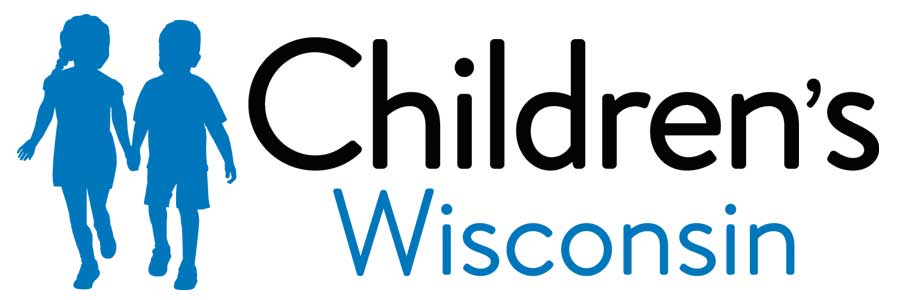Angiogram
Key points below
Your child’s Angiogram is scheduled for (date) ___________ on (time) _______________ in the Imaging (Radiology) Department at Children’s Wisconsin.
Please stop at a Welcome Desk for a badge and directions to Imaging on the first floor.
What is an angiogram?
An angiogram is an x-ray test that is used to look for problems in the blood vessels. It is done by a pediatric radiologist. A clear liquid, called contrast, is injected with fluoroscopy (live x-ray). This allows the doctor to see how blood flows through your child’s blood vessels.
Benefits
- The angiogram is the best test to find and see any problems with the shape of your child’s blood vessels. It is also the best way to see how the blood flows through your child’s blood vessels.
- The angiogram is “minimally invasive” because only one small puncture is needed to do the test.
What needs to be done before the procedure?
It is important to follow these special directions for your child. If your child does not follow these special instructions, and eats or drinks anything, the test may be cancelled.
- No solids 8 hours before the test.
- No milk or formula 6 hours before the test.
- Your child may have clear liquids up to 2 hours before the test. Clear liquids include apple juice, Pedialyte or plain Jell-O®.
Please note:
- If your child is fed in any other way, please call (414) 266-3152 for more instructions.
- If your child has diabetes or is taking medicine, check with their doctor about these special instructions.
How is the procedure done?
1. Your child may be given sedation medicine. Sometimes IV sedation is used; other times, general anesthesia is used. Your child’s doctor will decide which is better to use for your child.
2. An IV will be started. Fluids and medicine may be given through the IV.
3. Your child’s leg will be washed in the groin area with an antibacterial soap.
4. Medicine will be used to numb the skin where a catheter will be put in.
5. A needle will be used to puncture the groin artery. Your child may feel some pressure when this is done.
6. The catheter is put into a blood vessel.
7. The liquid called contrast is injected into the catheter.
8. X-rays are taken during this injection.
9. The catheter is removed after the test is done, and a dressing is put over the puncture site.
10. Your child will be monitored during and after the angiogram until they begin to wake up from the sedation.
Some children may be allergic to contrast. Tell the doctor or nurse before the angiogram if your child has ever had a reaction to contrast.
Risks
- Bleeding from the artery puncture site. This is uncommon, because your child’s activity will be limited.
- A clot could form, or air could get in the blood vessels. The clot or air could possibly travel to the brain. This is rare.
How do I care for my child after the procedure?
- Your child will stay at the hospital for 4 hours after the angiogram. They will be watched for any bleeding from the puncture site. Your child will need to keep their leg straight during this time.
- When you take your child home, a responsible adult must stay with your child for 24 hours after the angiogram.
- Your child will need to rest at home for the rest of the day after the angiogram. Your child should stay lying down as much as possible for the day.
- Check the area where the catheter was put in often for any bleeding.
- The day after the angiogram, your child should play quietly. Have your child read, watch TV or play board games.
- Do not let your child ride a bike or lift anything heavy for two weeks after the angiogram. This will help make sure that the puncture site does not start to bleed.
- Your child may have some pain or a small bruise at the puncture site. Ask your child’s doctor or nurse if you can give your child medicine for pain.
Test results
The radiologist will look at the films after the angiogram is done. The radiologist will give the results to your doctor. Your child’s doctor will discuss the results with you.
Call 911 if: Your child has heavy bleeding from the puncture site. If this happens, apply pressure directly to the bleeding while you call 911 and while you wait for emergency medical help to arrive.
